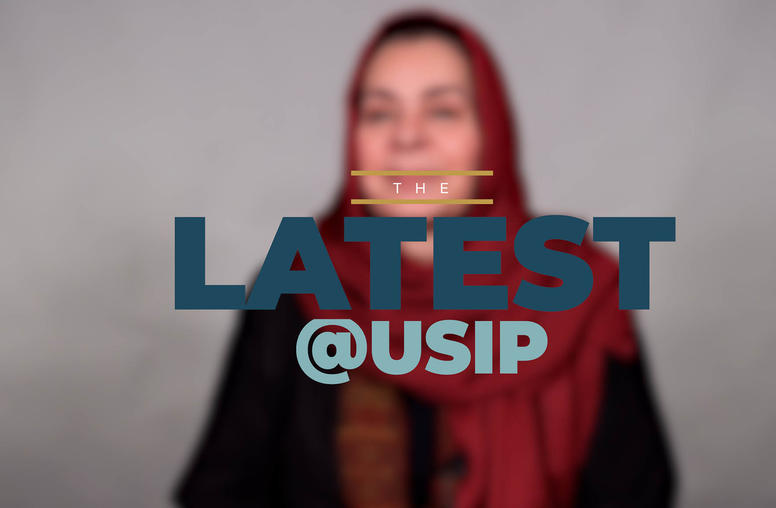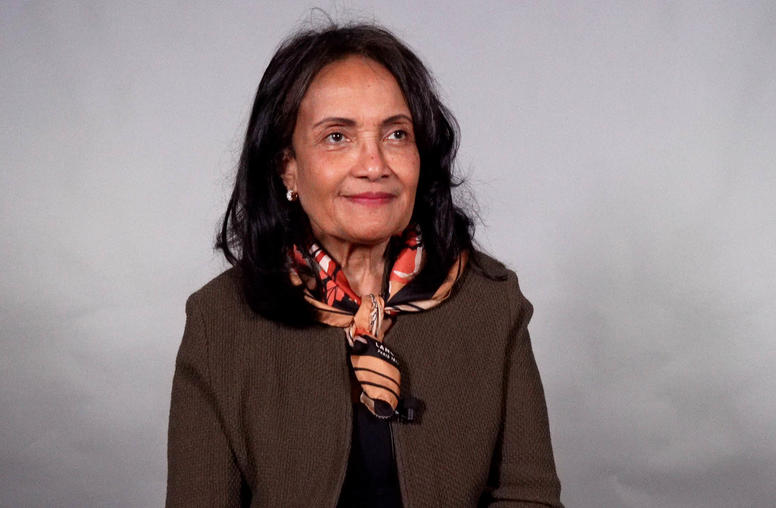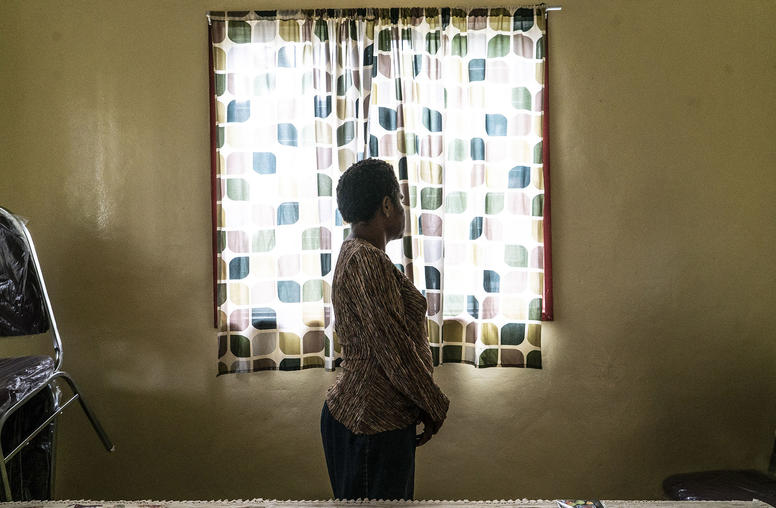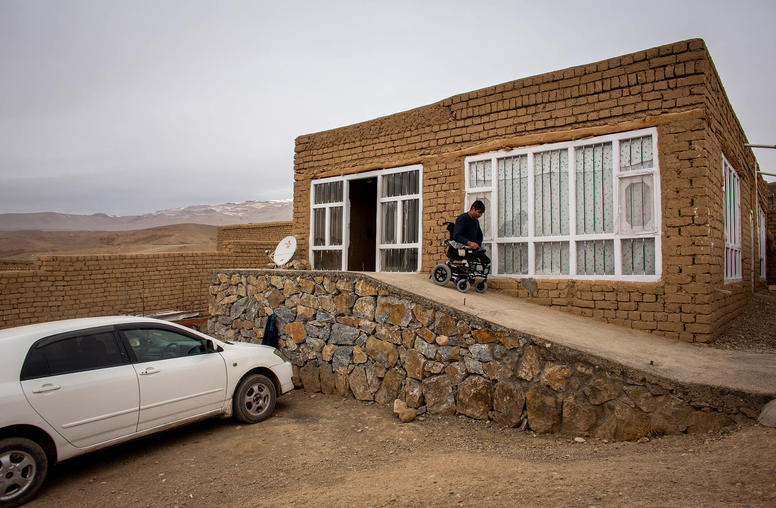If we want to build peace, we can’t keep women out.
Women are ending their exclusion from peace processes—but the U.N. must help.
When nations affected by violent conflict try to make peace, the evidence is clear on what works. For a durable peace agreement, women must be included throughout the process. While the U.N. Security Council unanimously endorsed that goal in 2000, women still are excluded from peace processes. Among 504 peace accords signed by 2015, only 27 percent even mentioned women. A U.N. study of 14 peace processes from 2000 to 2010 found that women comprised only 8 percent of negotiators and 3 percent of signatories. Now, as momentum builds for a peace process in Afghanistan nothing signals that women’s participation is being prioritized by either side. As women see this slow progress of governments and institutions, they are forging an alternate path—mobilizing nonviolent campaigns to make their voices heard on the grievances that drive violent conflicts, and on the peace processes to stop them. The United Nations should help them do so, and next week provides an opportunity to talk about how.
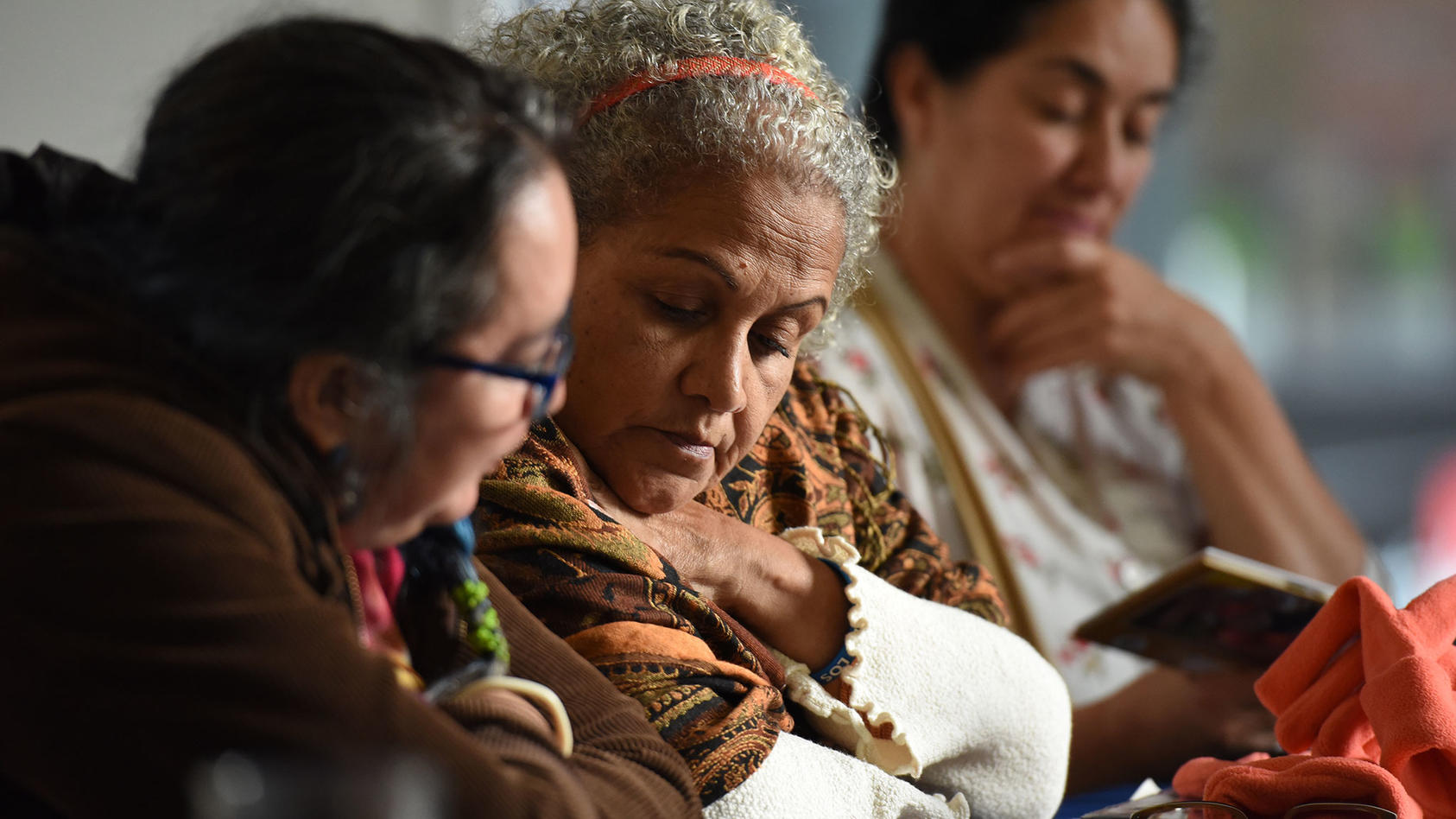
On October 25th, the U.N. Security Council will hold a special debate to review the state of women’s empowerment in peace processes. As it does, the Security Council and U.N. member states should lend support to women’s civil society organizations and the grassroots nonviolent movements mobilizing to support those processes.
Since the Security Council declared the vital role of women in 2000 (in its Resolution 1325), diplomatic and institutional efforts to advance their participation have stalled. So women are leveraging their organizing prowess to build nonviolent movements that provide ways for ordinary citizens to address grievances and injustices through tactics such as peaceful protests, boycotts, sit-ins and strikes. This grassroots involvement strengthens peace processes, making them more accountable and successful.
How Women Advance Peace
Research shows that nonviolent campaigns are twice as effective as violent ones at achieving their goals. The keys to success lie in a campaign’s commitment to nonviolent discipline and in the size and diversity of participation—i.e., the campaign’s inclusiveness. A recent study of how demographics influenced the choice of organizations to use violence or nonviolent action demonstrates that movements with women’s active participation are more likely to stick to nonviolent discipline and reach their objectives.
Women’s leadership in nonviolent movements opens a diverse repertoire of creative tactics. In Liberia, women organized sit-ins and withheld sex from their partners to pressure the government and rebels to end factional fighting. In India, Hindu and Muslim women laid down in the streets to shame men into halting interreligious violence in their communities.
Women-led nonviolent action often is overlooked by repressive forces that see it as less threatening. This enabled the growth of Argentina’s powerful “Mothers of the Plaza de Mayo” protests in the 1970s against military rule and forced disappearances of their children. In Poland a decade later, it facilitated women-run underground networks to hide leaders of the Solidarity movement from government arrest.
Women have organized more nonviolent campaigns in favor of peace deals than any other group. In Burma, which has pursued a complex peace process between the authorities and dozens of ethnic armed groups, women who are official participants in the process have cooperated with women in civil society organizations to make the peace effort more responsive to women’s concerns. Still, these efforts are ad hoc and often formed from personal relationships. Official structures do not exist to support and leverage these avenues for engagement.
Research shows that, when civil society groups, including women’s organizations, are included in peace processes, the accords are 64 percent less likely to fail. When women participate in a peace process, the likelihood of reaching an agreement increases, and it is 35 percent more likely to last at least 15 years. This is because women broaden the issues discussed, increasing the chances of addressing root causes of conflict and building much-needed community buy-in.
What the U.N. Community Can Do
U.N. Security Council Resolution 1325 jump-started a global effort to include women in the institutions and processes that govern development, peacebuilding, humanitarian, security and governance systems. The chorus of supporting countries and organizations has grown over the past 18 years. Seventy-six U.N. member states have created “national action plans” that outline the concrete steps a government can take to implement the resolution’s goals. But actual change has been slow.
Most efforts to advance women’s participation in peace processes have been “from the top down”—directed by governments and elites. The inclusion of women as official signatories or delegates in peace negotiations often has been temporary or their roles have been more symbolic than substantive. The United Nations community must widen its narrow focus on such formal diplomacy. It must support the broader, grassroots efforts that can catalyze positive, and more lasting, social changes by working “from the bottom up.”
At the October 25th special debate, participants can encourage steps such as these:
- U.N. officials who work on peacebuilding and development should examine their mechanisms for engaging civil societies—both formal non-government organizations and the less formal, grassroots movements that often are better rooted in rural and non-elite populations. It should ask those already doing the work how best to support women’s meaningful participation.
- Within nations facing violent conflicts, U.N. officials should use their good offices to facilitate direct engagement between governments and the women activists and peacebuilders working on the ground to address grievances, advance justice and build peace.
- Agencies beyond U.N. Women should support training and workshops that provide women with the skills and networks to organize communities to build peace.
- U.N. leaders should review the internal changes that the United Nations has made (including the U.N. Senior Women Talent Pipeline) to ensure that women are represented at the organization’s most senior levels. They should glean lessons from that effort and consider how the United Nations can support a strong external pipeline of women activists and peacebuilders that reinforce and facilitate peace at all levels.
- Where the United Nations can help shape current peace efforts, as in Afghanistan or Myanmar, it should redouble support for the presence of women in the formal structures of those peace processes. And it should encourage the strong engagement between such women representatives and the civil society and grassroots movements that can broaden the base, and increase the responsiveness, of any peace process.
Women have shown that their presence in peacemaking improves any peace process. Through insistent grassroots activism, they have shown that they ultimately will achieve that presence. But next week’s debate at the U.N. Security Council offers the opportunity to speed up that process, to the benefit of us all.
